Influenza A Virus Nucleic Acid
Product name
HWTS-RT049A-Nucleic Acid Detection Kit based on Enzymatic Probe Isothermal Amplification (EPIA) for Influenza A virus
HWTS-RT044-Freeze-dried Influenza A Virus Nucleic Acid Detection Kit (Isothermal Amplification)
Certificate
CE
Epidemiology
Influenza virus is a representative species of Orthomyxoviridae. It is a pathogen that seriously threatens human health. It can infect the host extensively. The seasonal epidemic affects about 600 million people worldwide and causes 250,000 ~500,000 deaths, of which influenza A virus is the main cause of infection and death. Influenza A virus (Influenza A virus) is a single-stranded negative-stranded RNA. According to its surface hemagglutinin (HA) and neuraminidase (NA), HA can be divided into 16 subtypes, NA Divided into 9 subtypes. Among influenza A viruses, the subtypes of influenza viruses that can directly infect humans are: A H1N1, H3N2, H5N1, H7N1, H7N2, H7N3, H7N7, H7N9, H9N2 and H10N8. Among them, H1, H3, H5, and H7 subtypes are highly pathogenic, and H1N1, H3N2, H5N7, and H7N9 are particularly worthy of attention. The antigenicity of influenza A virus is prone to mutate, and it is easy to form new subtypes, causing a worldwide pandemic. Beginning in March 2009, Mexico, the United States and other countries have successively broke out new type A H1N1 influenza epidemics, and they have rapidly spread to the world. Influenza A virus can be transmitted through a variety of ways such as the digestive tract, respiratory tract, skin damage, and eye and conjunctiva. The symptoms after infection are mainly high fever, cough, runny nose, myalgia, etc., most of which are accompanied by severe pneumonia. The heart, kidney and other organ failures of severely infected people lead to death, and the fatality rate is high. Therefore, a simple, accurate and rapid method for diagnosing influenza A virus is urgently needed in clinical practice to provide guidance for clinical medication and diagnosis.
Channel
| FAM | IVA nucleic acid |
| ROX | Internal Control |
Technical Parameters
|
Storage |
Liquid: ≤-18℃ In dark; Lyophilized: ≤30℃ In dark |
|
Shelf-life |
Liquid: 9 months; Lyophilized: 12 months |
|
Specimen Type |
Freshly collected throat swabs |
|
CV |
≤10.0% |
|
Tt |
≤40 |
|
LoD |
1000Copies/mL |
|
Specificity |
There is no cross-reactivity with Influenza B, Staphylococcus aureus, Streptococcus (including Streptococcus pneumoniae), Adenovirus, Mycoplasma pneumoniae, Respiratory Syncytial Virus, Mycobacterium tuberculosis, Measles, Haemophilus influenzae, Rhinovirus, Coronavirus, Enteric Virus, swab of healthy person. |
|
Applicable Instruments: |
Applied Biosystems 7500 Real-Time PCR
SystemsSLAN ® -96P Real-Time PCR Systems LightCycler® 480 Real-Time PCR system Easy Amp Real-time Fluorescence Isothermal Detection System(HWTS1600) |
Work Flow
Option 1.
Recommended extraction reagent: Macro & Micro-Test Viral DNA/RNA Kit( HWTS-3001, HWTS-3004-32, HWTS-3004-48) and Macro & Micro-Test Automatic Nucleic Acid Extractor(HWTS-3006).
Option 2.
Recommended extraction reagent: Nucleic Acid Extraction or Purification Reagent(YDP302) by Tiangen Biotech(Beijing) Co.,Ltd.




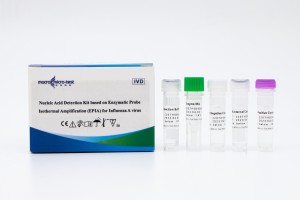
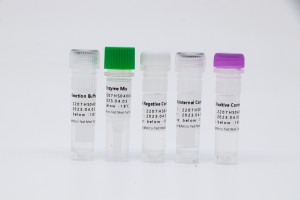
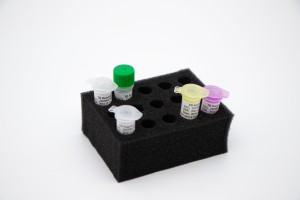




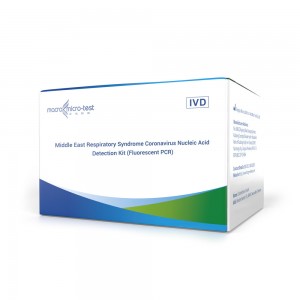
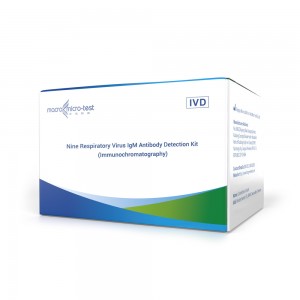


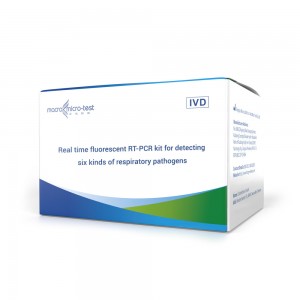

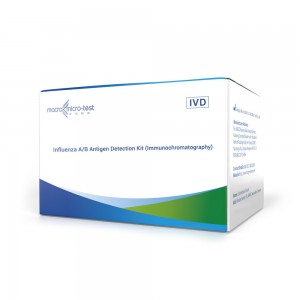
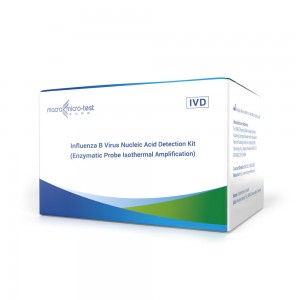

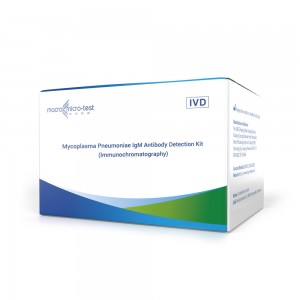
-300x300.jpg)